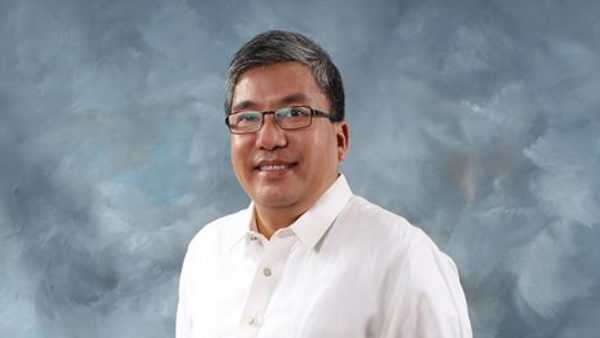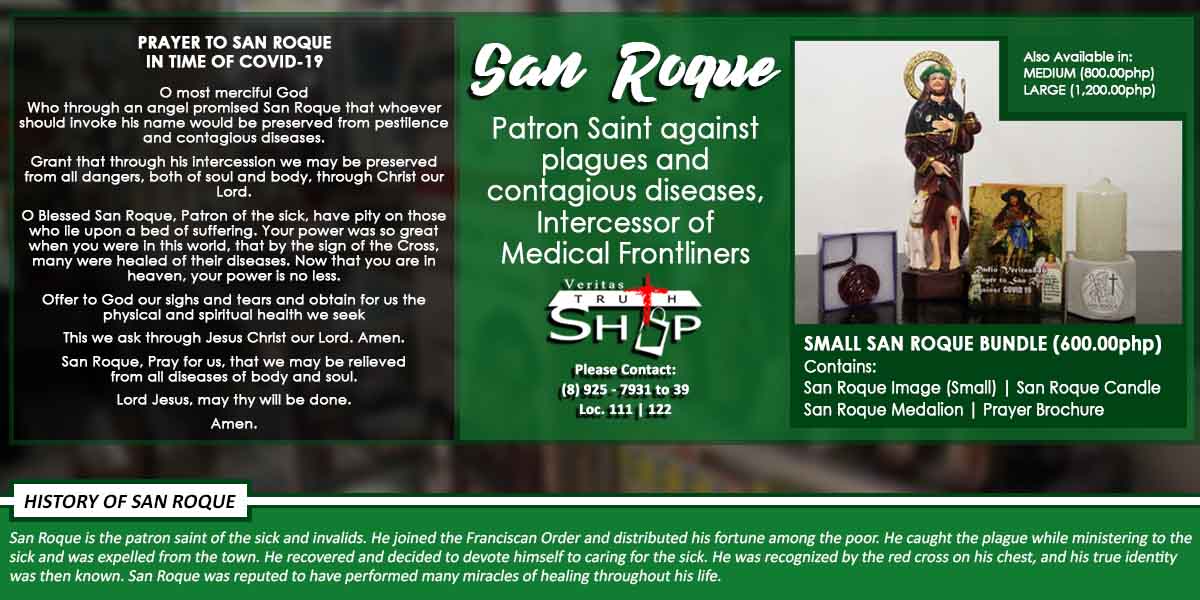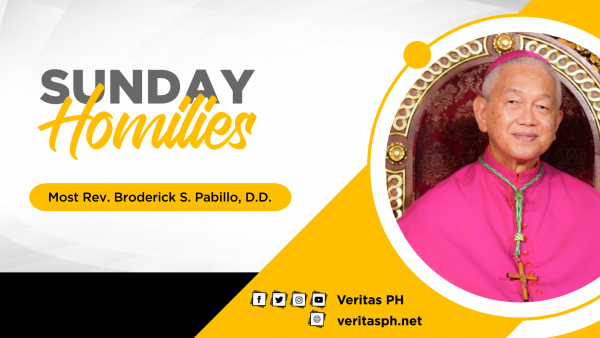154 total views
Homily for Friday of the 29th Week in Ordinary Time, Memorial of St. John Paul II, 22 Oct 2021, Lk 12:54-59
There is a short Italian video on Youtube of a man who is riding a motorbike and is on his way to a rustic Italian village in the countryside. He sees an old farmer taking a siesta on the roadside. He is lying under a tree next to a donkey that is grazing on the grass. The motorist looks at his wrist watch and realizes it is not functioning. And so he stops by, approaches the farmer and asks, “Excuse me sir, may I know what time it is?” The old farmer sits up, pushes the donkey’s testicles and says, “It’s 10 minutes past 10am.”
The motorist scratches his head in amazement but he proceeds anyway to the village center. He has his watch repaired and then proceeds to return home following the same route. On his way back, he sees the same farmer again and, to test him, he asks again for the time.
The farmer does the same thing; he pushes up the donkey’s testicles and says, “It’s 7:15pm.” The motorist looks at his watch and is amazed that the old farmer is indeed correct. And so he awkwardly asks, “Excuse me, but how is it that you are able to tell the exact time by just lifting your donkey’s testicles?” The farmer smiles and says, “Come here. Look, the donkey’s testicles are blocking my view of the village Church in the horizon. I can only check the time by looking at the clock of the belfry of the village Church.” He pushes the testicles again so that the belfry becomes visible, and he shows the time, 7:15 pm.
In today’s Gospel, I think Jesus is reacting in the same way as the old farmer to the people who are wondering how prophets are able to read the signs of the times.
The tendency to treat prophets as “manghuhula” or fortune-tellers actually goes back to the time of Samuel. We hear this, for example, in the first book of Samuel 9:9 where the author says, “In former times in Israel, anyone who went to consult God used to say, ‘Come let us go to the seer.’ For the one who is now called ‘prophet’ was formerly called a ‘seer’.” Back in those times, the seers even used all kinds of gimmicks to predict what is about to happen by reading signs in the patterns of the flight of birds, or by interpreting the shape of the entrails or intestines of an animal or dissecting its liver.
It was not until later that prophets became known as persons who spoke for God by interpreting historical events. They served as social commentators, no different from modern-day newspaper columnists who are somehow able to foretell the direction of the country on the basis of the kind of leaders that the people elect, or their economic policies or their foreign policies.
In the Gospel, if I may paraphrase what Jesus means, what he is saying is, “If you can anticipate or preempt what the weather is going to be like by observing the clouds or feeling the direction of the wind, how can you not interpret the signs of the times?”
This became a byword at the Second Vatican Council—the need to be attuned to the so-called “signs of the times”, meaning, to historical developments, and to discern and interpret them properly in order to be able to know God’s will. No doubt it is a gift. But it does not really have to take some supernatural powers to be able to activate this gift. It takes only a lot of sensitivity and attentiveness. It requires a keen sense of history, and a lot of observing, analyzing, and interpreting of the current state of affairs. In short, a lot of common sense.
You don’t need a crystal ball or any similar gimmick to foretell the future on the basis of the past and the present. You can more or less see where a nation is headed to, which direction humankind is taking through our kind of collective patterns of behavior in the present. Why biological crises occur, like this Covid19 pandemic, or the radical shifts in the geo-atmospheric patterns, or deadly volcanic eruptions and supertyphoons, or new strains of viruses attacking plants and animals. Why these things cause droughts and famines that trigger migrations and wars. Why they are a perfectly logical development in the context of global warming, climate change, crisis, or emergency. What we used to hear only from doomsday soothsayers we now hear from Nobel-prize winning scientists and anthropologists.
Yesterday, we had a recollection in the Kalookan Clergy, facilitated by a Salesian priest and psychologist, Fr. Dennis Paez. Fr Dennis spoke about the tendency of the human mind to engage in what he calls irrational “self-talk” especially when triggered by stresses, fears and anxieties. What begins as self-talk, he says, often lead to a realization of the very things we are anxious about. We don’t realize that we actually predispose ourselves for tragedy.
St. Paul in our second reading today calls it a state of inner conflictedness. He verbalizes is by saying, “I do not do the good that I want, but I do the evil that I do not want.” He says it is what causes his miseries. He also says that evil is an expert in getting in the way between knowing and willing what is good, and actually realizing it.
In simple language, if I may refer back to the story of the old farmer and the motorist, evil is no different from the donkey’s testicles that are blocking the view. It takes only a little effort to get to unblock the view in order to see what is really there ahead of us. It requires just a little common sense.


















